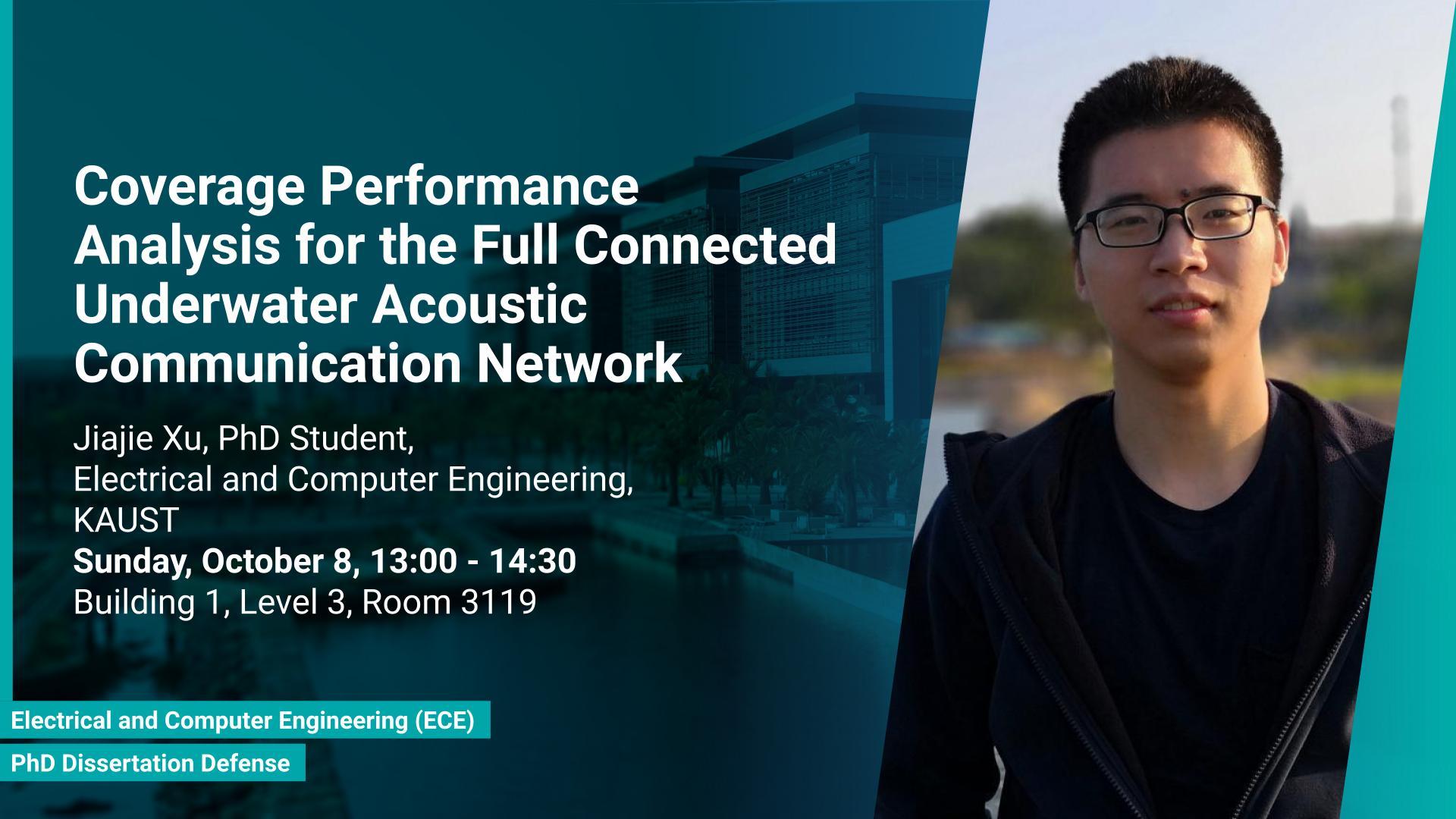Event Start
Event End
Location
Abstract
During the last decade, the demand for wireless connection over the world has tremendously increased, including the areas where unconnected. Raising with topics like "Breaking down the data divide," "Connect to unconnected," etc. In the sixth-generation wireless network, the underwater world attracts a lot of attention. Besides that, the huge unexplored resource is another driving force for underwater exploration. Unlike the well-developed Internet of Things (IoT) on the terrestrial, there is almost no underwater wireless communication network, not to mention the underwater IoT.
As the only method of underwater long-distance communication at present, underwater wireless acoustic communication (UWAC) is regarded as the most potential way to realize the underwater Internet of Things (UIoT). Researchers and entrepreneurs are trying to develop UWAC technologies and devices and looking forward to applying them in large-scale applications and realizing UIoT. However, there are few works that focus on the performance analysis of the UWAC network, especially in a stochastic way. Furthermore, system-level insights of UWAC network/UIoT are waiting to be proposed to guide the deployment of the network in practical applications.
In this thesis, we focus on the problems of 1) how to build the connection between overwater and underwater, 2) how to deploy the underwater communication nodes/stations in a deep and far-reaching ocean, 3) what is the coverage performance of the proposed structure, and 4) how to achieve the best coverage performance. In response to these problems, we put forward specific solutions, analyze the performance of the solutions, and optimize them. In particular, we propose a structure of a space-air-ground-sea integrated network to provide connection to a sea-surface station, which can provide connection to underwater further. The proposed integrated network can cover sea-surface stations on a large scale. The joint coverage performance of different relays is analyzed and optimized. After that, assisted with the sea-surface stations, a multi-level underwater network is proposed to provide a connection to the deep sea. The coverage performance is analyzed, and system-level insights are revealed based on the analysis results, which can provide suggestions for practical applications. Then, another novel structure named three-hop underwater wireless communication (3H-UWAC) technology is proposed. The 3H-UWAC is focused on long-distance communication at a level of 1000 km. 3H-UWAC effectively utilizes the characteristics of the curve propagation and sound velocity profile of underwater acoustic signals. Besides that, Energy efficiency is also improved by the proposed 3H-UWAC. The analysis coverage performance with tools from stochastic geometry reveals some critical system-level insights that can be applied in practical applications in the future.
Brief Biography
Jiajie Xu (Graduate Student Member, IEEE) is currently pursuing a Ph.D. degree at the Communication Theory Laboratory, King Abdullah University of Science and Technology, Thuwal, Saudi Arabia. His current research interests include underwater wireless acoustic communication, underwater target detection, underwater cooperative networks, maritime communication, space-air-ground-sea integrated communication systems and joint sensing and communication systems, stochastic geometry, and energy harvesting wireless networks.


